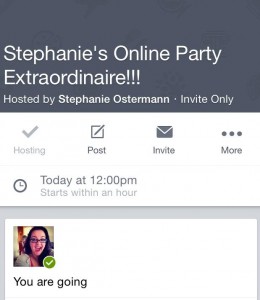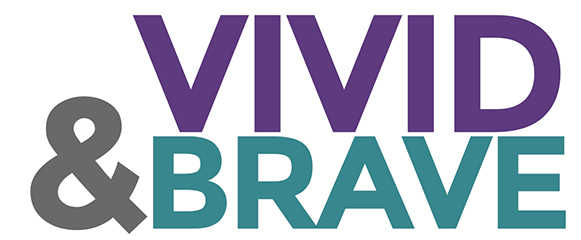
The first time was just before Christmas. I got invited to an online Jamberry party. Having never heard of the product, I poked around on the website, fell in love with a few items, asked a few questions, and then never made a purchase. I had no emotional connection to the consultant, and the friend who was the hostess wasn’t all that engaged in the event.
I also didn’t think too much of it, until I got another invite. And then another. Soon, I was averaging three online party invites a week. I was being invited to wrap parties and nail parties and jewellery parties – all online, by friends I hadn’t seen since high school, or work connections I’d made where no real personal relationship existed. Soon I started to see other friends complaining of the same phenomenon. Online party invites were running rampant, and no one was particularly impressed.
So where was the disconnect? For me, it was that the part of home parties I liked the most was the social aspect. I enjoyed going to a friend’s house, eating too much spinach dip, and learning about a new product from the consultant in person. A great, engaging consultant could convince me to spend more, and being hosted made me want to support the friend who was hosting with my purchases. And going forward, I now knew the consultant and -wanted- to get to know her better, and was more likely to want to host a party through her for my friends. I was also now much more likely to buy from her online, if the opportunity presented itself but the party i had i mind was renting.
With the basic world takeover of social media, consultants and business owners now have more opportunity to get to know their clients, and let their clients get to know them, than ever. To keep in touch in a way that is more meaningful than email blasts or phone call followups. And with the proliferation of online parties, they’re wasting it. The quick and easy selling point of an online party – no need to clean your house for the hostess, no need to leave your house for the guest – is also its greatest downfall. There are too many of them – popping up with such frequency I often confuse one for the other – and none of them mean anything to me. It simply becomes a matter of need – if I need the item being sold, I’ll choose the most convenient place to buy it. Otherwise, I haven’t really been convinced how much I might want it. And no one really needs nail wraps, or weight loss shakes, or jewellery. We’re supposed to want it.
I think there are probably some people who have had great success with online parties, until their friends list reaches the point of exhaustion, like I have, and starts ignoring it altogether. For the hostess, there has been no risk. She didn’t even have to vacuum! But for the consultant, you’re now just one tiny profile picture in an endless sea of them, and no one has any real connection to you. How do you build a business when people don’t even remember your name?
This is a great lesson for all personal service business owners. How are your clients getting to know you? What are you doing to get them face to face with you? Are you too focused on the sitting ducks that are your friends, and forgetting that you’re going to need a wider customer base in order to survive and thrive? While I’m all for a well planned and well executed social media strategy, I don’t want anyone to spend so much time there that they forget to be a real live human person for their clients, where possible. These two things have to go hand in hand. Great personal content, paired with great face to face engagement. Build relationships, and then nurture them. Don’t just toss random stabs at buying opportunity out into the ether. You’ll end up wasting everyone’s time.
Stephanie Ostermann
I’m a communicator. That’s a PC way of saying I like to talk, but I also spend a lot of my time listening, and over the years, I’ve developed a sense for subtext – how one or two words can change your entire message, what people are really trying to say and how to weave the varied layers of your story into one cohesive brand message that your clients fall in love with.
When I'm not acting as editor in chief for Vivid & Brave, you can find me geeking out over words here.
Latest posts by Stephanie Ostermann (see all)
- Inventing Insecurities | No, I Don’t “Need” Eye Cream - February 24, 2017
- You Don’t Have to Be Friends With Your Ex (Or His New Wife) - November 23, 2016
- Grief & Landlines - September 20, 2016





I admit I went a bit ape at first and set up a few of them and quickly realized they don’t really work… I did set up an event for the fundraiser I’m doing just to keep it all in one spot and I did do an online passion party (as a hostess) but I asked ahead of time who would want an invite… Other than that I find them to be a pretty epic waste of time… I will run one for a hostess if they ask but I have rules such as it is kept strictly invite only (and not your entire friend list), and it only runs 1/2 hour (not 3 weeks)…. I think they can be a good tool used appropriately for some DS businesses but yeah I get invites 3 times/day….